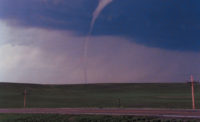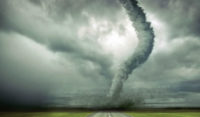A study by researchers lists seven recommendations to enhance preparedness for public health emergencies in the U.S.
In a report published by the Institute of Medicine, authors Jesse Pines, M.D., director of the Office of Clinical Practice Innovation at the George Washington University (GW) School of Medicine and Health Sciences (SMHS); Seth Seabury, Ph.D., associate professor of emergency medicine at the Keck School of Medicine of the University of Southern California (USC); and William Pilkington, DPA, of the Cabarrus Health Alliance, make seven recommendations to provide a road map to enhance the sustainability of preparedness efforts in the United States.
- The federal government should develop and assess measures of emergency preparedness both at the community-level and across communities in the U.S.
- Measures developed by the federal government should be used to conduct a nation-wide gap analysis of community preparedness.
- Alternative ways of distributing funding should be considered to ensure all communities have the ability to build and sustain local coalitions to support sufficient infrastructure.
- When monies are released for projects, there should be clear metrics of grant effectiveness.
- There should be better coordination at the federal level, including funding and grant guidance.
- Local communities should build coalitions or use existing coalitions to build public-private partnerships with local hospitals and other businesses with a stake in preparedness.
- Communities should be encouraged to engage in ways to finance local preparedness efforts.
“A lot of communities out there have found creative ways to get local businesses to invest in preparedness. The more locals buying into the importance of preparedness, the more resilient a community is,” said Pines, who is also a professor of emergency medicine at GW SMHS and professor of health policy at the GW School of Public Health and Health Services. “How Boston responded and recovered so effectively after the marathon bombings is a great example of a prepared community.”



